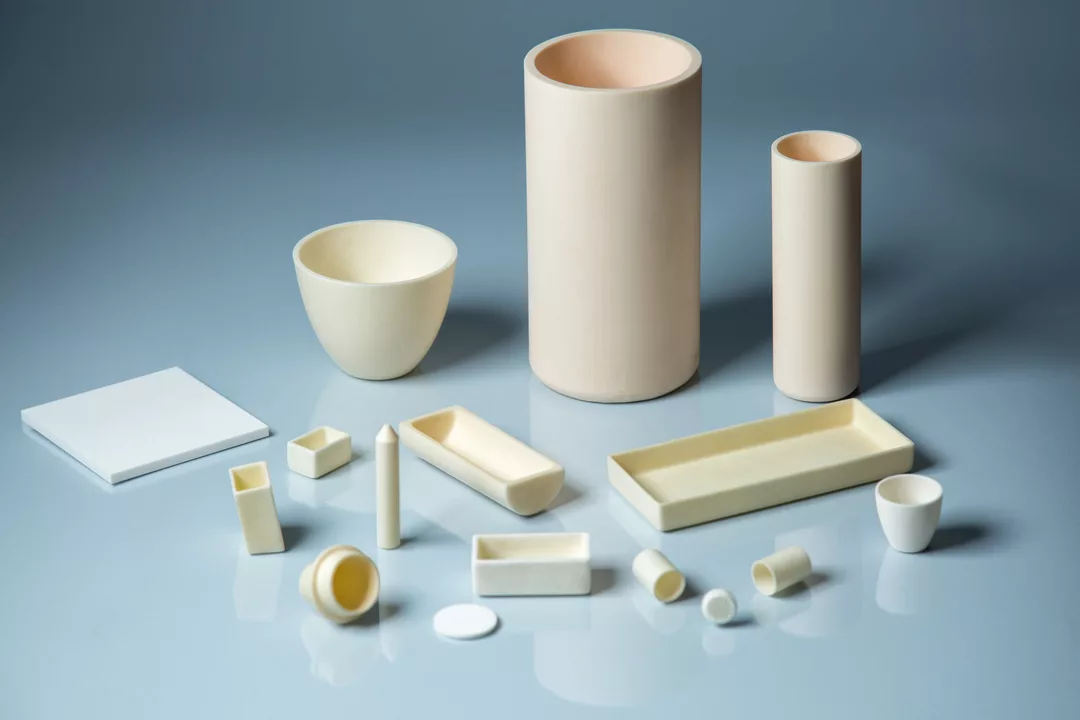Aluminium Hydroxide in Ceramic Manufacturing
Want a quick, practical look at how aluminium hydroxide (Al(OH)3) fits into ceramic production? This page explains what it does, how manufacturers use it, and simple tips that can improve quality and lower cost.
What aluminium hydroxide does for ceramics
Aluminium hydroxide acts mainly as a precursor to alumina, a useful filler, and a processing aid. When heated, it releases water and converts toward alumina, helping control shrinkage and phase changes during firing. In formulations it can increase thermal stability and act as a low-cost extender that improves workability of slips and bodies.
It also helps control porosity. Properly added, it can reduce cracking by smoothing out the way the body loses water and burns off organics. That can mean fewer rejects for tiles, sanitaryware, and technical ceramics where predictable drying and firing matter.
How manufacturers use it — practical tips
Mixing: Add aluminium hydroxide into your wet mix or slip with good dispersion. Use dispersants or milling to avoid agglomerates. Finer particles improve strength but may increase water demand, so watch the rheology.
Calcination: Expect dehydration during early heating stages. Aluminium hydroxide dehydrates and begins converting into alumina as the temperature rises. That process releases bound water, so design binder burnout and heating ramps to avoid sudden vapor release that can cause bloating or internal cracks.
Loadings: Typical use ranges from a few percent up to tens of percent depending on the final product. Lower amounts tweak thermal behavior without big changes to strength. Higher amounts act as fillers and reduce cost but can lower mechanical strength if overused.
Surface and particle control: Surface-treated grades disperse better and reduce dust. Choose particle size based on the target: coarse grades for bulk filler and fine grades for strength and smooth surfaces. Test small batches before scaling changes.
Applications: In sanitaryware and tiles, aluminium hydroxide helps control firing shrinkage and improves workability. In advanced ceramics it serves as a route to finely distributed alumina when specific microstructures are needed. It also appears in some glazes to influence melting behavior and durable finish.
Safety and environment: Handle powders with dust control and masks. During heating, trapped water vapor can be problematic, so ensure proper kiln ventilation and controlled heating ramps. Using aluminium hydroxide can reduce reliance on more expensive alumina, cutting cost and resource use when handled correctly.
Want to try it? Start with small percentage changes and track drying, shrinkage, and fired strength. Keep records of particle size and additives so you can repeat successes. With the right balance, aluminium hydroxide is a simple, effective tool to tune ceramic bodies and lower production costs without sacrificing quality.

